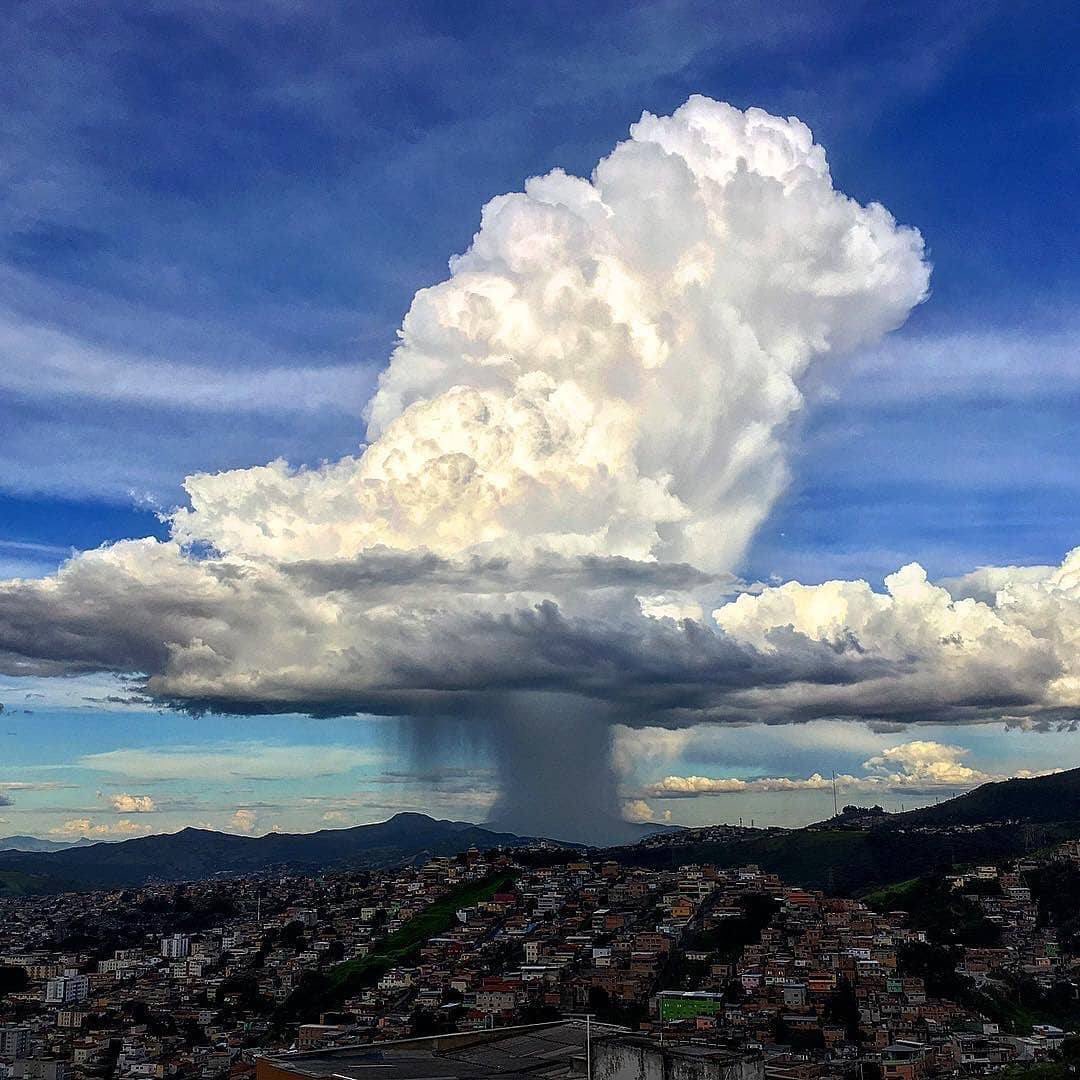Rain Bomb Phenomenon
There are various types of extreme meteorological events that occur around the Earth. The rain bomb, sometimes known as a microburst, is one of them.
Overview:
- Rain Bombs are destructive in nature.
- Rain bombs are also known as Wet Microbursts.
- Recently, Brisbane, Australia has been struck by this phenomenon causing power outages, evacuations, and school closures as well as death due to the accompanying flash floods.
What are microbursts?
A microburst is a small column of sinking air known as downdraft that forms within a thunderstorm and has a diameter of less than or equal to 2.5 miles. Microbursts can cause significant surface damage and can also be life-threatening. Wet microbursts and dry microbursts are the two main varieties of microbursts. Wet microbursts are accompanied by a lot of rain.
What are the causes of microbursts?
It begins with the formation of a thunderstorm and the water droplets or hailstones suspended within the updraft. An updraft can sometimes be so strong that it suspends huge amounts of these hailstones and water droplets in the upper reaches of a thunderstorm.
Cooling due to evaporation occurs and this causes a decrease of the updraft. Once this happens, the thunderstorm’s huge core of rain or hail will no longer be able to hold it. Thus, the core falls to the ground. It spreads out in all directions as soon as it strikes the ground. The area where the microburst initially hits the earth has the strongest winds and the most damage.
What damage can it cause?
Microbursts can have wind speeds of up to 100 mph, or even greater, which is the equivalent of an EF-1 tornado. Winds this strong can destroy homes and other structures, as well as uproot trees. Thus, it becomes extremely life threatening.
Month: Current Affairs - March, 2022
Category: Environment Current Affairs


